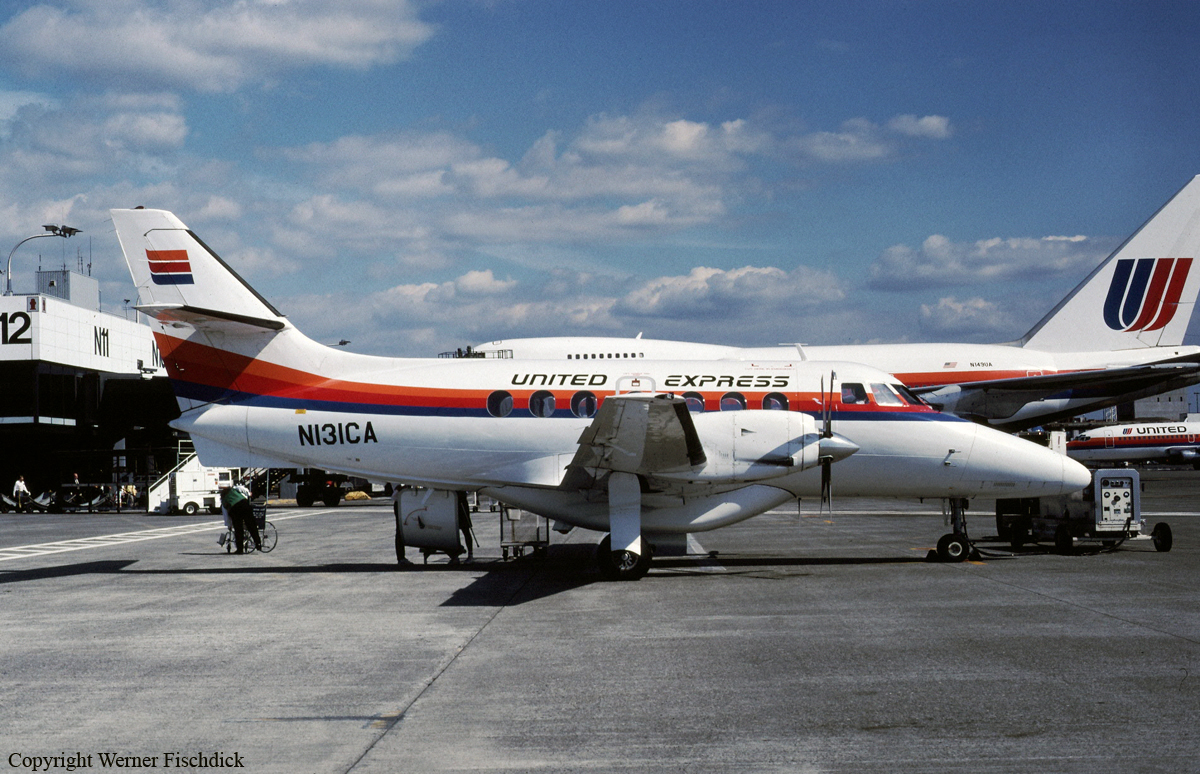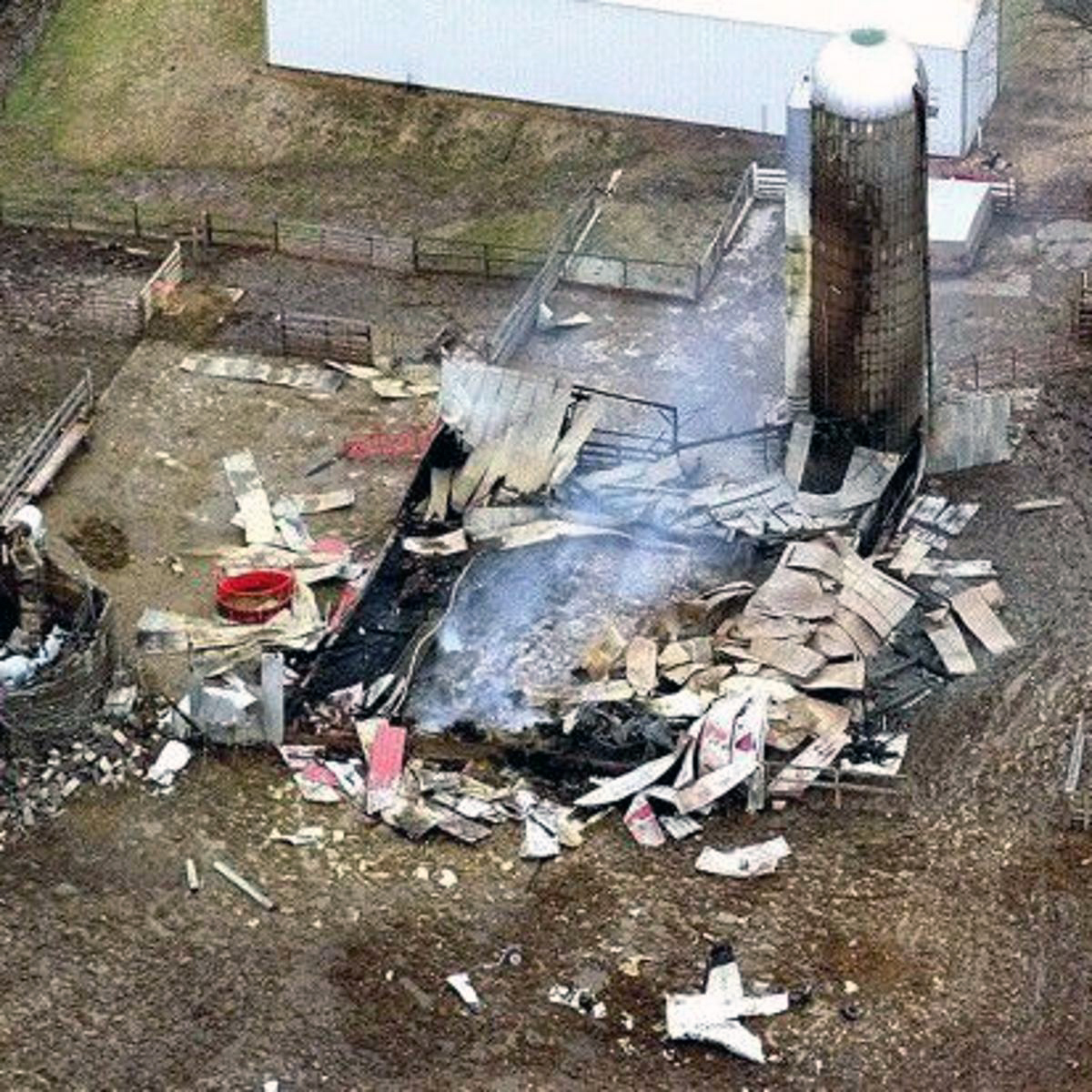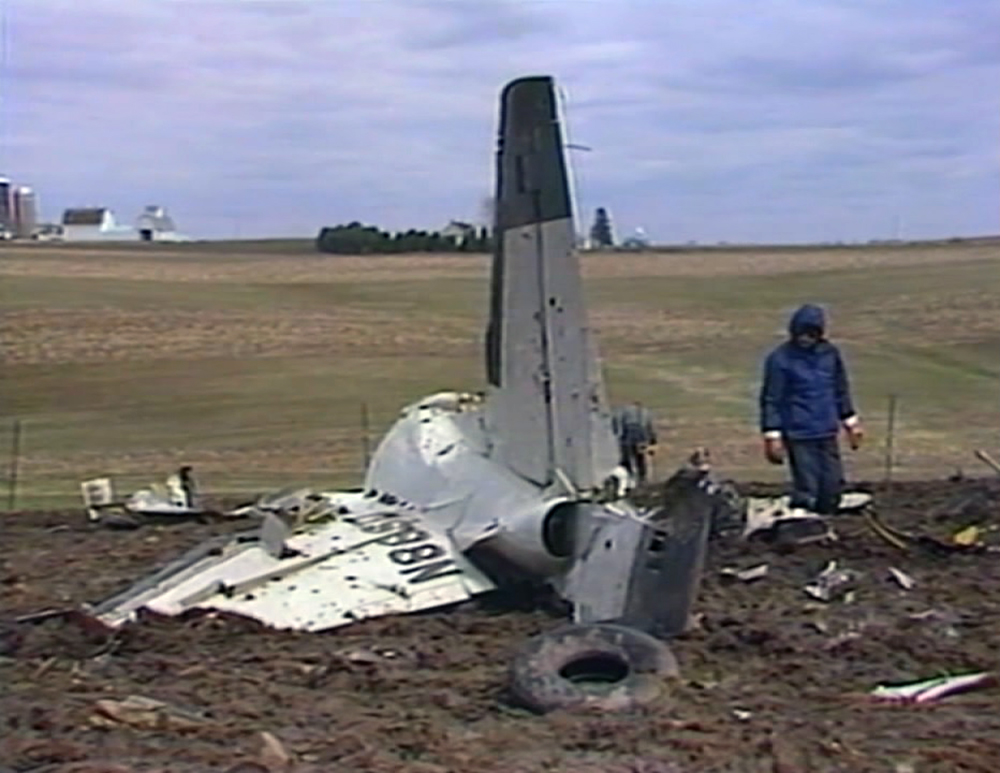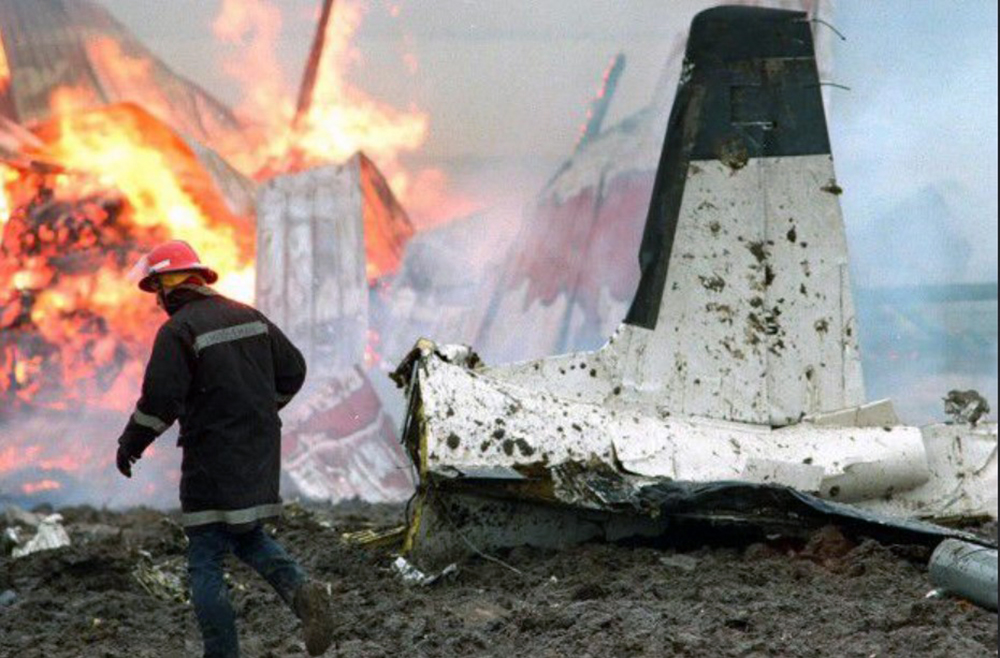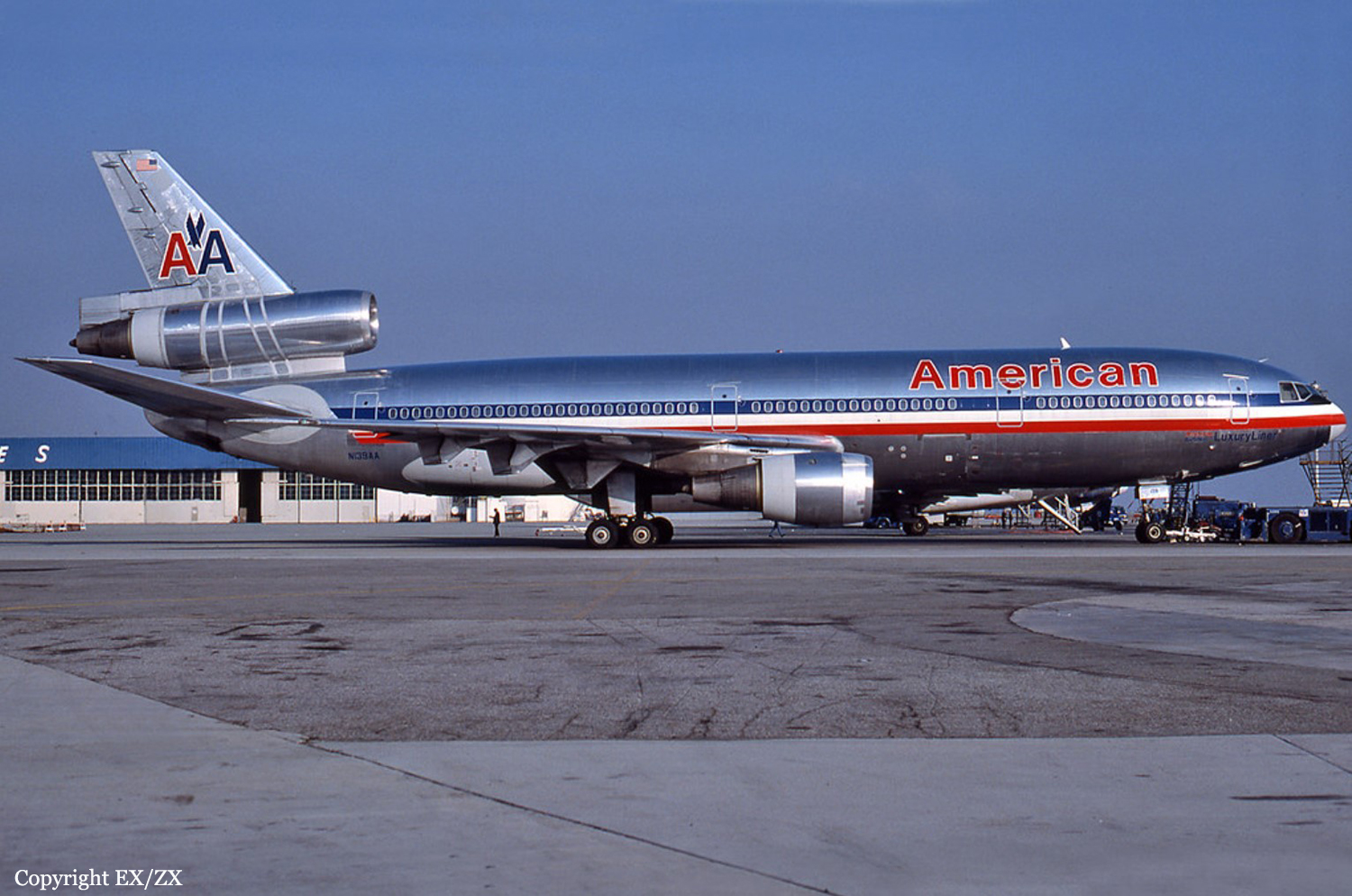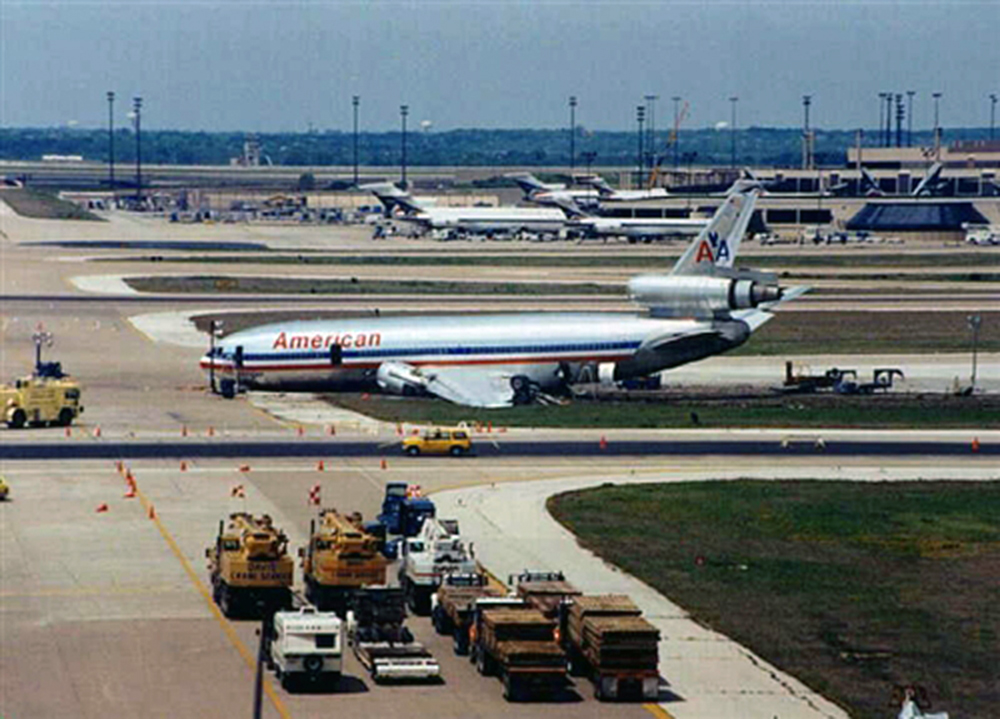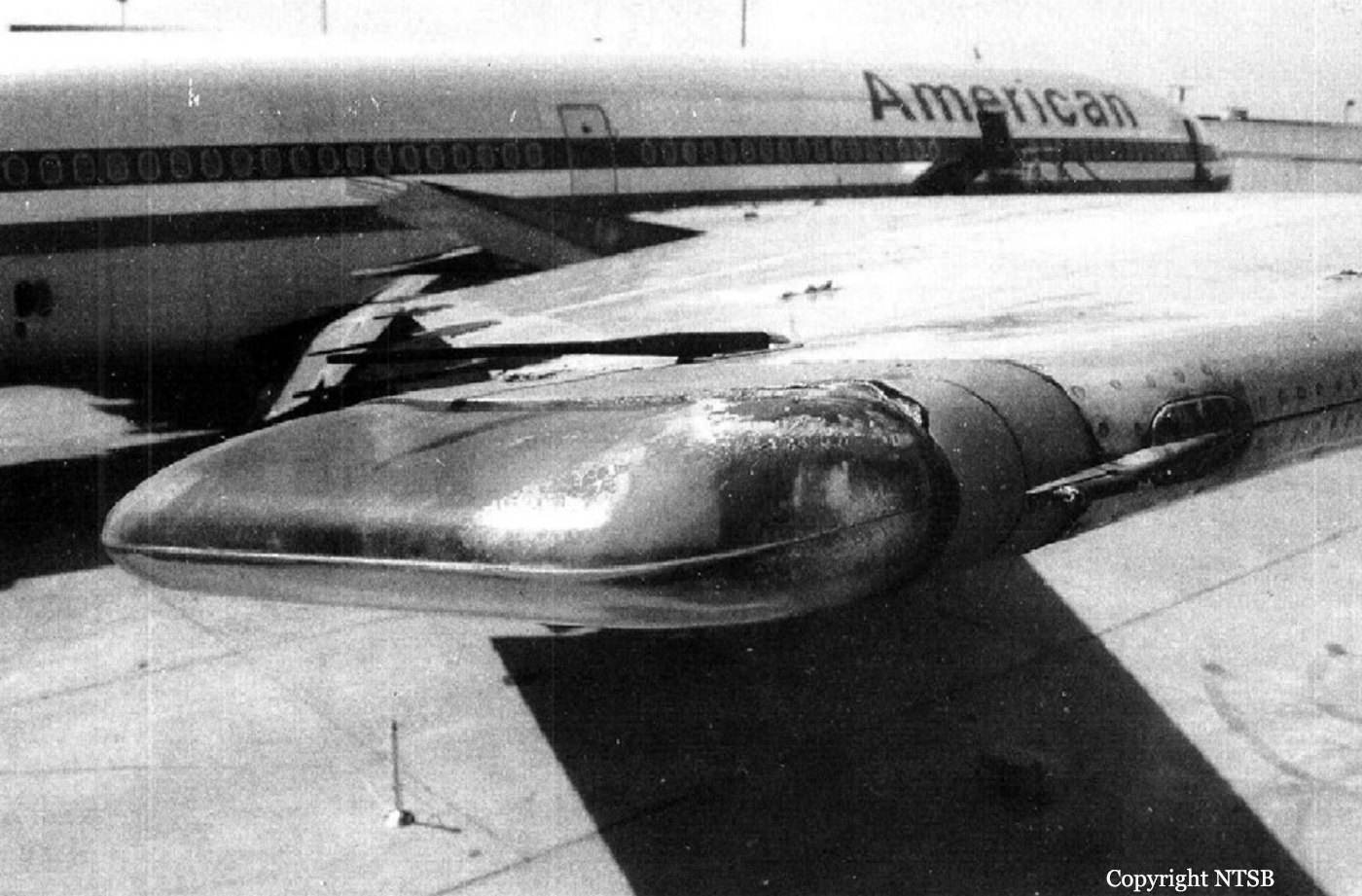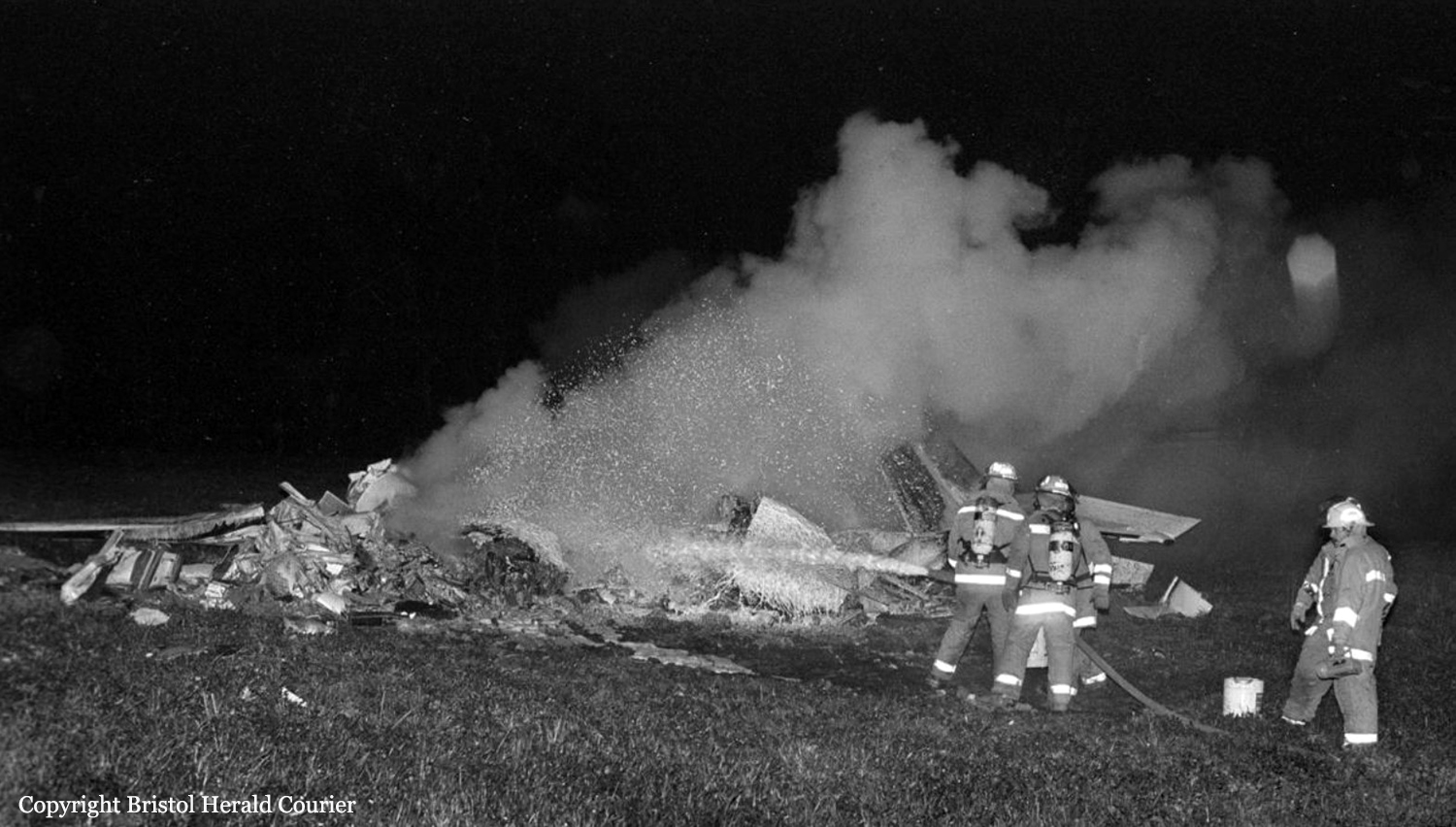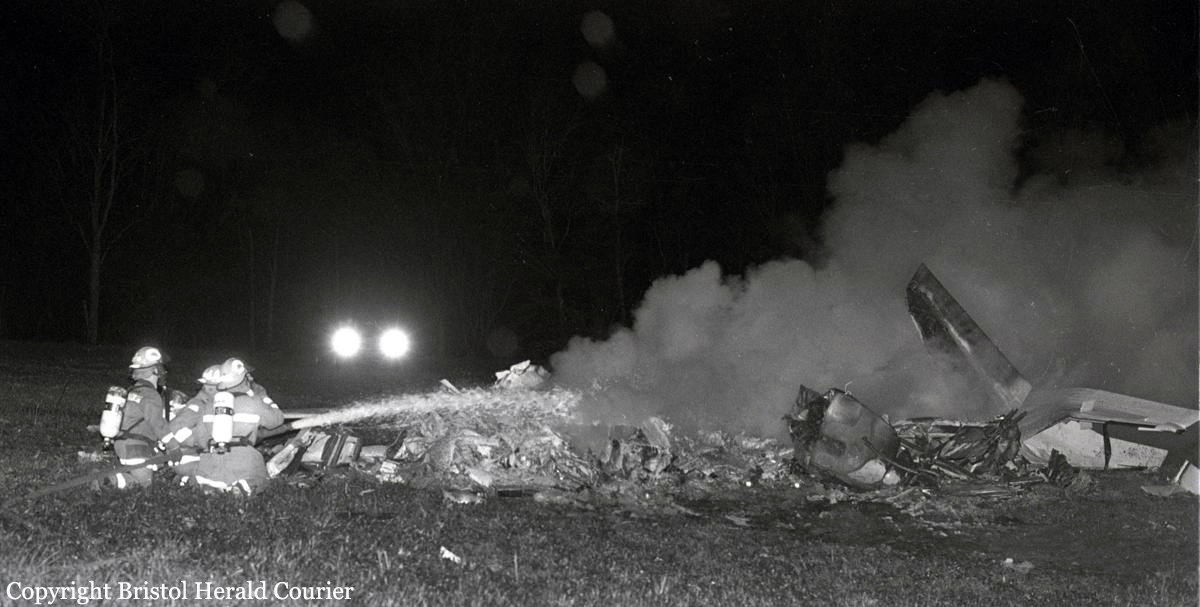Crash of a Douglas C-47B-DK in Zephyrhills
Date & Time:
Apr 20, 1993 at 1624 LT
Registration:
N8056
Survivors:
Yes
Schedule:
Zephyrhills - Zephyrhills
MSN:
14290/25735
YOM:
1944
Crew on board:
2
Crew fatalities:
Pax on board:
40
Pax fatalities:
Other fatalities:
Total fatalities:
0
Captain / Total hours on type:
4150.00
Aircraft flight hours:
16891
Circumstances:
The pilot stated that on initial climb, at about 400 feet agl, the crew smelled something burning, followed by light smoke in the cabin. Both engines appeared normal visually. The odor and smoke increased, and the left fire warning light illuminated. The left engine was shut down and the prop feathered. The pilot increased power on the right engine; however, the airplane would not climb or maintain airspeed. A gear and flaps up forced landing was made into a field. The pilot stated that he believed an exhaust clamp broke allowing a segment of exhaust to scorch cowling and activate the fire warning system. Examination of the left engine revealed that the lower fire detection elements were fused and broken free, and that the hydraulic lines were burned through.
Probable cause:
The pilot-in-command's failure to maintain best single-engine rate-of-climb speed which resulted in a forced landing. A factor which contributed to the accident was a possible exhaust system clamp failure.
Final Report:




